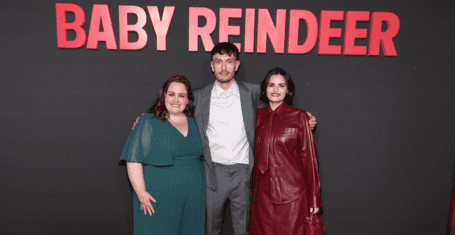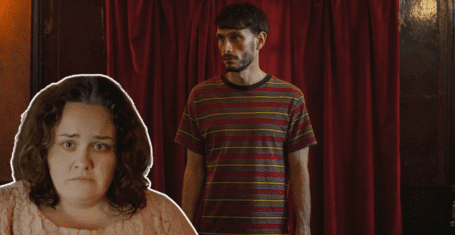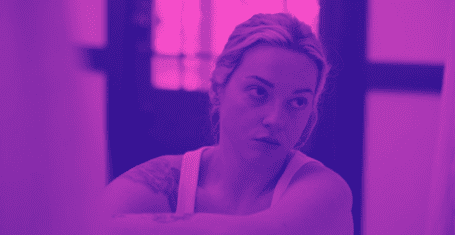
Review: Blood Wedding
While there were moments of brilliance, this ambitious play didn’t live up to its potential
Spanish dramatist Federico Garcia Lorca’s play, Blood Wedding, is a strange story that flits between familiarity and the occult. It centres around the simplistic theme of a wedding, but the plot is encroached by dreamlike beings and huge, sweeping themes of love, death and fate. There are passages of incredible beauty within the script, and it is a play that sits within a genre entirely unfamiliar to an English audience.
Performing in a production of Blood Wedding therefore presents a significant challenge for any actor – particularly if the play happens to be performed in darkest Cambridge. Many of the characters are unnamed, and have little in the way of personality beyond familiar archetypes: the bitter widow, the innocent groom, the adulterous ex-lover. It must be even more difficult to play on the play’s abstract, non human roles, such as Death, the Moon or one of the Fates, whose minimal dialogue is strange and unnatural.
Despite these challenges, some of the cast deliver standout performances, navigating the challenges of their roles with grace. Martha Murphy is excellent as the mother of the groom: she dominates every scene, oscillating chaotically between being caring and motherly to being vengeful and bloodthirsty. Her expression renders age brilliantly, convincingly, and without makeup – impressive, given the baby-faced appearance of this young actress. There are other good performances to be found here as well: Ryan Monk brings some much needed light relief as the Father of the bride, and Rose Reade is suitably menacing as the embodiment of Death.
However, these performances are dulled somewhat by the mediocrity of the rest of the cast. Alice Carlill seems miscast as the Moon, and Jack Parham and Lauren Brown are insipid and lifeless as the husband and wife at the centre of the story, giving us little reason to emotionally respond to their tragic fate. They lacked a certain passion, particularly in the play’s climactic final act.
Alice Carlill as the Moon (Photo: Johannes Hjorth)
Some of the responsibility for these static performances has to belong to the director, Marthe de Ferrer. While she has made many clever decisions here (particularly the dynamic set changes and the gore-soaked finale), her blocking is often stilted and unnatural, with whole scenes passing without characters significantly moving from their initial positions. Though occasionally this is effective, for the most part it slows the pace down, and makes the ADC stage seem small.
The play opens with an interminable dance routine, to the soundtrack of True Detective. It’s lengthy and unsettling – but not in a good way. The music choices largely work, but are odd nonetheless. Yann Tiersen’s score to Amelie features at the very end, which is jarring and feels incongruous to the tone of the action.
It’s odd, too, that while music and dancing features all the way through, at the supposed high point of the play – the wedding – the staging is silent as death. The actors just stand around awkwardly and there’s a stagnancy to the wedding scene that doesn’t work at all, given the supposed excitement of the occasion.
Nevertheless, there are many positive aspects to the production. The set is atmospheric and original, complete with a glowing moon and a swing suspended in mid air. It is also surprisingly adaptable, with one clever scene change at the beginning of the third act evoking audible gasps from the audience. The lighting is also effective, aiding the smooth scene transitions and compensating for the occasionally awkward performances by creating a constant sense of atmosphere.
Elsewhere, the technical aspects are more shaky. Sound cues are often slightly too loud and occasionally out of place, and a rain effect at the end is gimmicky at best. In all honesty it more closely resembles someone furiously urinating on the stage from the hemps gallery than it does a genuine rainstorm.
Photo: Johannes Hjorth
The costumes were, unfortunately, a major distraction. The three girls who played the flighty representations of the fates were dressed in outfits that would be more fitting in modern day Magaluf than early 20th Century rural Spain, while the bride’s ill-fitting wedding dress looked like it had been picked up at TK Maxx – grim.
At the heart of this play lies true talent in the form of Martha Murphy, but in all honesty, without her holding it together – her climactic monologue and eerie screams at the end were blood-curdling – the whole thing might have fallen very flat.
Three stars









































